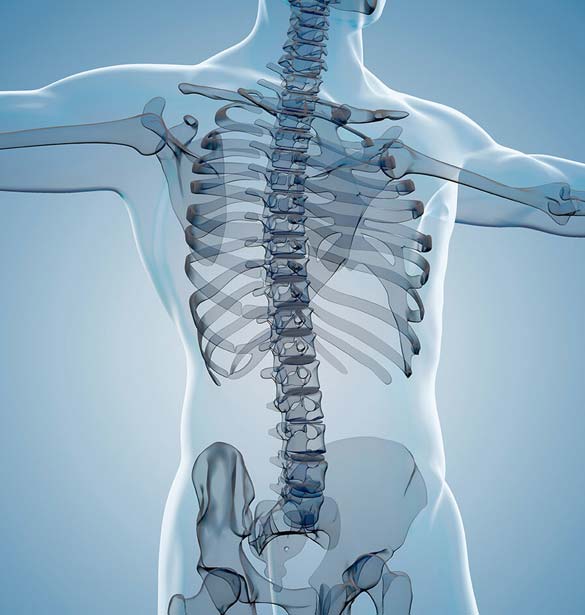A Step Forward in Understanding Melorheostosis
Recent scientific research has made significant progress in identifying the cause of a rare bone condition known as melorheostosis. This disorder is recognized by its unique appearance on X-rays, where the affected bones seem to have thickened layers resembling melted candle wax. People living with this condition often experience persistent pain, bone deformities, and limited joint movement.
Genetic Clue Found in Bone Tissue
In a new study published in Nature Communications, researchers found that a specific gene change is responsible for the excessive bone growth seen in melorheostosis. The study focused on 15 individuals diagnosed with this disorder. Instead of examining their entire body, researchers specifically analyzed the genetic material from both healthy and affected bones in the same individuals.
They discovered that in more than half of the cases, the affected bone carried changes in a gene called MAP2K1. This gene is responsible for producing a protein known as MEK1, which plays an important role in cell signaling and growth. The mutation was not found in the healthy bones of the same individuals, indicating that it occurs locally in the diseased areas, rather than throughout the body.
How the Gene Mutation Impacts Bone Growth
The altered version of the MEK1 protein, caused by the MAP2K1 mutation, becomes unusually active. Under normal conditions, certain regions of this protein help regulate its function, keeping bone growth under control. However, the mutation removes this regulation, allowing excessive bone formation in localized areas. Fortunately, this abnormal growth is non-cancerous and does not spread to other bones or organs.
Interestingly, this same gene has been linked in the past to certain types of tumors and disorders involving abnormal blood vessels in the head and neck. The findings suggest a shared biological pathway, and understanding it further could benefit research into multiple conditions.
A New Direction for Bone Research
The discovery provides fresh insights into how bones grow and develop. Since melorheostosis causes unusually hard and growing bone tissue in adults—a contrast to the more common issue of weakening bones with age—the research opens new possibilities for future therapies. Experts believe that by studying this pathway more closely, new treatment options may emerge not only for rare disorders like melorheostosis but also for more widespread bone issues such as osteoporosis and slow fracture healing.
The study also highlights the importance of patient participation in rare disease research, as it allows scientists to explore new areas that were previously overlooked.
Final Thoughts
This new information brings hope to those affected by melorheostosis and may help pave the way for improved treatments for various bone-related conditions in the future.
Always consult with your doctor or a healthcare professional before making any major changes to your diet, lifestyle, or medical routine. They can offer personalized advice based on your current health condition and medical history.
Note – If you have any health-related concerns, please call us at +91-9058577992 to receive free consultation from our experienced doctors. Thank you
